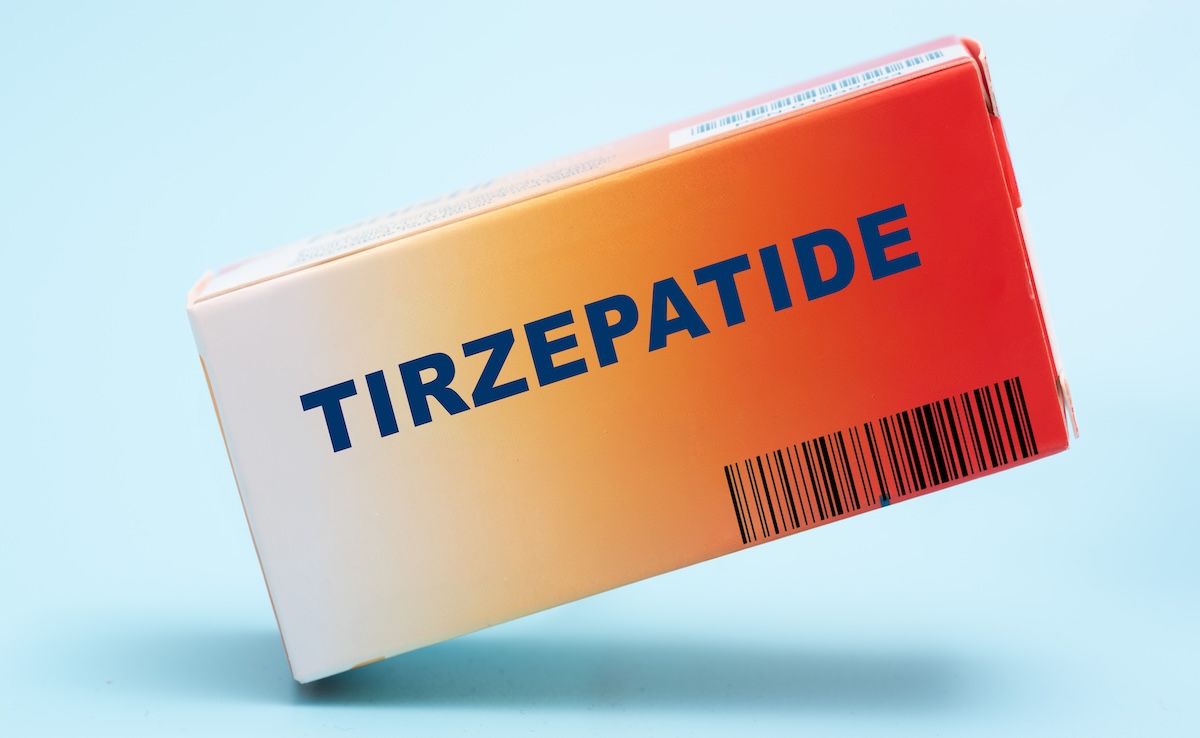News
Article
Rapid IV Isatuximab Could Shift Care Practices in MM
Author(s):
Key Takeaways
- Rapid 30-minute isatuximab infusions improve patient experiences and reduce healthcare system burdens without compromising safety.
- FDA-approved isatuximab with VRd shows a 40% risk reduction in disease progression or death for transplant-ineligible multiple myeloma patients.
Reducing intravenous (IV) isatuximab delivery from 75 minutes to 30 minutes could provide a wealth of benefits to patients with multiple myeloma (MM) and health care systems alike.
Current practices for IV isatuximab administration take over an hour. | image credit: Chanintorn.v - stock.adobe.com

Should rapid 30-minute intravenous (IV) infusions of isatuximab (Sarclisa; Sanofi-Aventis US LLC) be incorporated into standard multiple myeloma (MM) practice, this optimized therapeutic has the potential to improve patient experiences and treatment accessibility while reducing the burden placed on health care systems. These findings, published in Clinical Lymphoma Myeloma and Leukemia, demonstrated how this intervention could enhance these outcomes without compromising patient safety.1
In September 2024, the anti-CD38 monoclonal antibody isatuximab was approved by the FDA in combination with bortezomib, lenalidomide, and dexamethasone (VRd), which is an established standard-of-care combination for a subpopulation of patients with MM who are unable to receive autologous stem cell transplant (ASCT). The treatment has shown great benefits for this subset of patients with MM. When isatuximab was added to the standard-of-care regimen, as demonstrated by the IMROZ (NCT03319667) trial, patients exhibited a 40% risk reduction for disease progression or death (HR, 0.60; 95% CI, 0.44-0.81; P = .0009).2
At present, IV administration requires a minimum of 75 minutes to complete. Patients receive treatment weekly for 4 weeks before transition to intervals of every other week.1
As the present authors point to, early date from ongoing clinical trials has so far demonstrated the potential for 30-minute IV isatuximab to be a well-tolerated treatment option. In this study, they evaluated real-world patient experiences with the rapid administration at CancerCare Manitoba, which adopted this approach in July 2024. This analysis was conducted for those who received isatuximab at a fixed volume of 250 mL.
“The saving of 45 minutes per each isatuximab administration translates into 19.5 hours of chemotherapy chair-time per patient per year, better patients’ and caregivers’ satisfaction, easier outpatient treatment scheduling, and less resource utilization,” the authors write.
In total, 15 patients with MM received the 30-minute rapid IV treatment between July 2024 and January 2025. On average, patients had been living with their MM diagnosis for 6.9 years and had anywhere from 1 to 3 lines of previous therapies for their disease, such as proteasome inhibitor and immunomodulatory drugs or daratumumab (n = 3). Fourteen patients had undergone ASCT prior to the study period.
By the end of the study period, 127 doses of 30-minute rapid IV isatuximab were given. Generally, 40 mg of dexamethasone was also given before isatuximab.
Infusion-related reactions were experienced by 5 patients following their initial isatuximab administration; each was classified as either grade 1 or 2. By the end of the study period, 3 patients had opted to stop their rapid treatment because of disease progression.
Recently, subcutaneous delivery of isatuximab was found to be equally effective to the IV version, and has also been touted as a valuable alternative for patients because it can reduce infection risks, associated costs and inconveniences.3
References
1. Kotb R, Geirnaert M, Rimmer E, et al. Real-world safety and tolerability of rapid, 30-minutes, intravenous isatuximab in patient with multiple myeloma. Clin Lymphoma Myeloma Leuk. Published online January 28, 2025. doi:0.1016/j.clml.2025.01.022
2. Mattina C. FDA approves isatuximab with VRd as first-line option for transplant-ineligible multiple myeloma. AJMC®. September 20, 2024. Accessed February 11, 2025. https://www.ajmc.com/view/fda-approves-isatuximab-with-vrd-as-first-line-option-for-transplant-ineligible-multiple-myeloma
3. Caffrey M. Subcutaneous isatuximab meets primary end points in phase 3 study for MM. AJMC®. January 9, 2025. Accessed February 11, 2025. https://www.ajmc.com/view/subcutaneous-isatuximab-meets-primary-end-points-in-phase-3-study-for-mm





